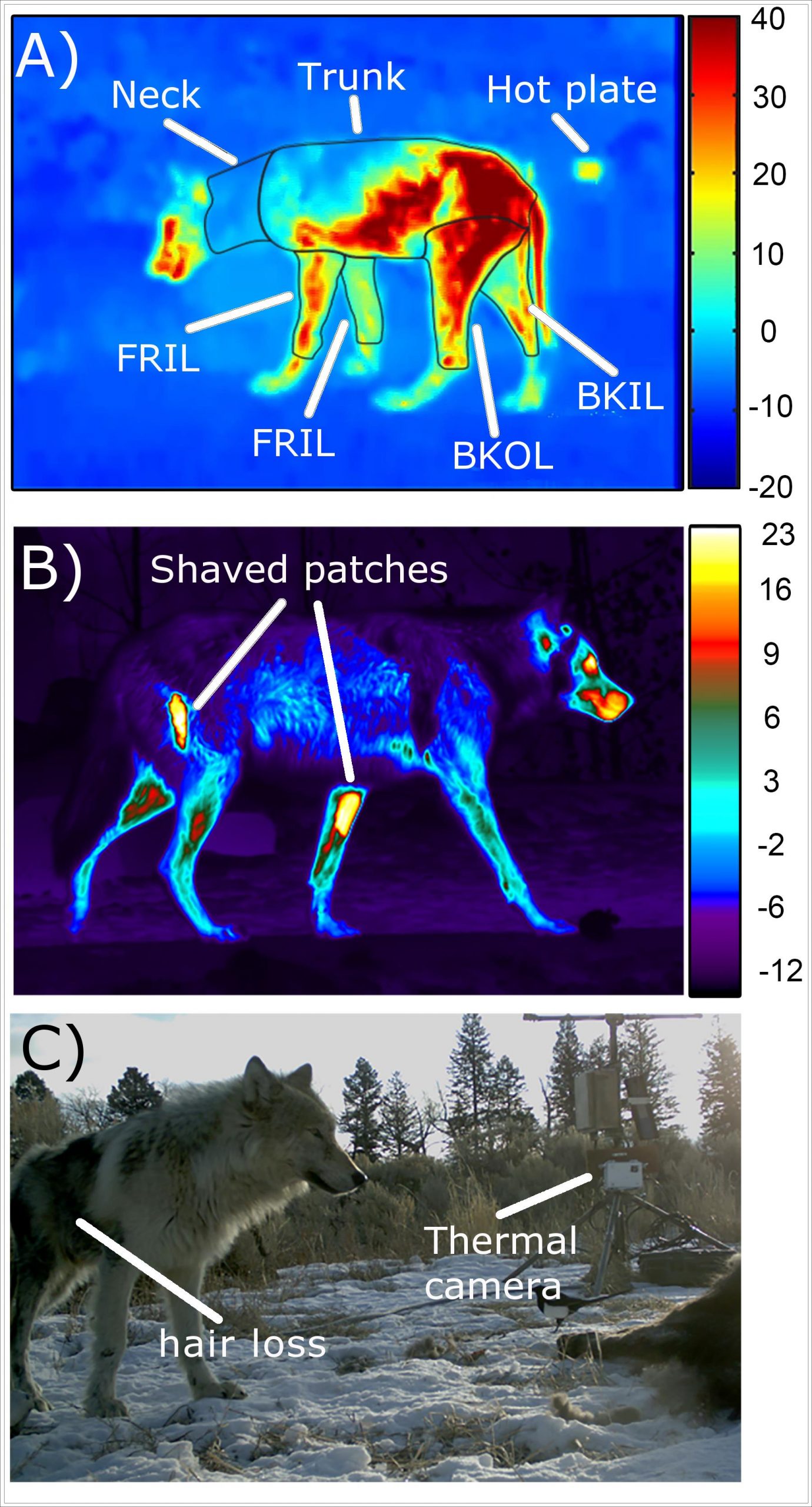Waves mightier than sun, otter or urchin: storm disturbance shapes California kelp forests
This post contributed by Liza Lester, ESA communications officer. As winter storms pick up along the California coast, a harvest of giant kelp comes ashore with the tides, torn from seafloor anchorages by the rough action of waves. Waves are the most powerful force shaping the kelp forest, superseding the influence of temperature, nutrients, and hungry animals, say University of…
